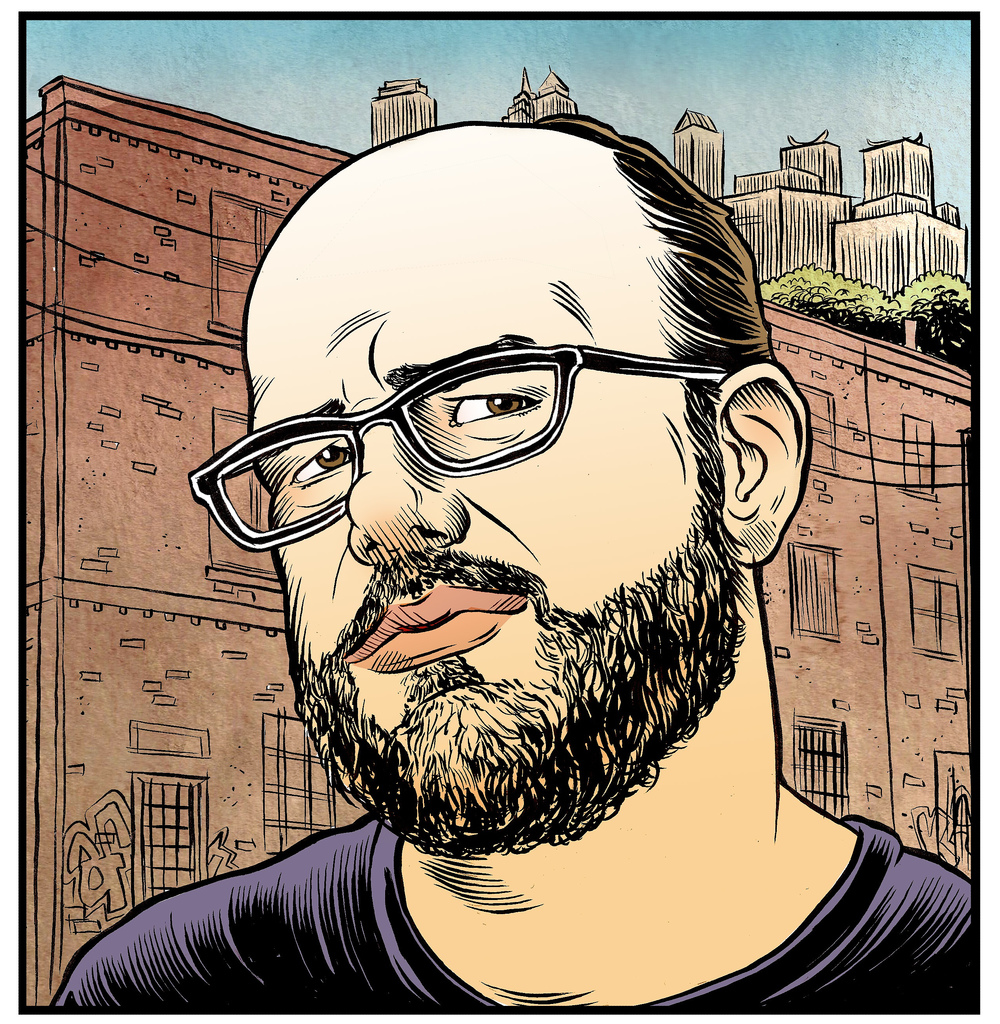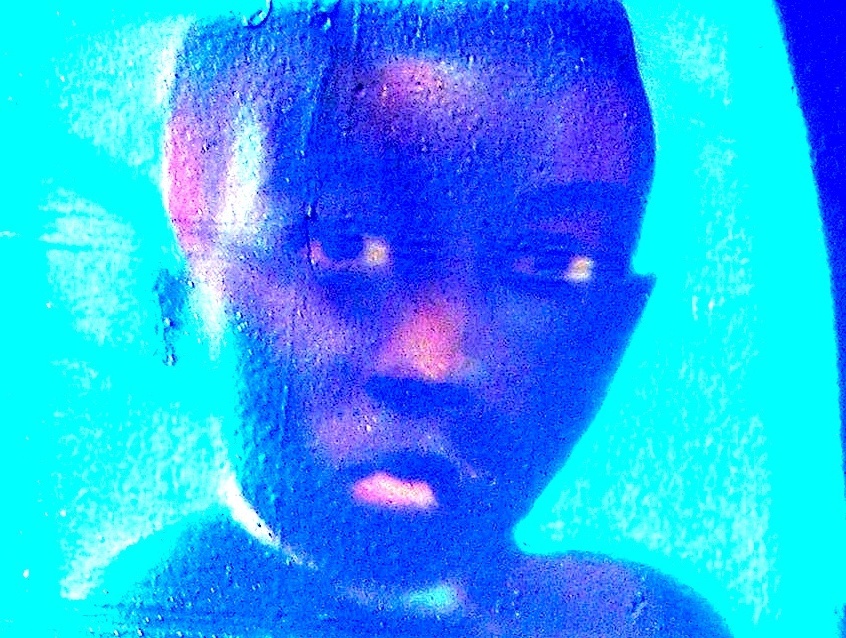[Photo by JONATHAN VALANIA]
 BY JEFF DEENEY “Today I saw…” is a series of nonfiction shorts based on my experiences as a caseworker serving formerly homeless families now living in North and West Philadelphia. I decided not long after starting the job that I was seeing so many fascinating and disturbing things in the city’s poorest neighborhoods that I needed to start cataloging them. I hope this bi-weekly column serves as a record of a side of the city that many Philadelphians don’t come in contact with on a daily basis. I want to capture moments not frequently covered by the local media, which tends to only cover the most fantastically violent or sordid aspects of life there.
BY JEFF DEENEY “Today I saw…” is a series of nonfiction shorts based on my experiences as a caseworker serving formerly homeless families now living in North and West Philadelphia. I decided not long after starting the job that I was seeing so many fascinating and disturbing things in the city’s poorest neighborhoods that I needed to start cataloging them. I hope this bi-weekly column serves as a record of a side of the city that many Philadelphians don’t come in contact with on a daily basis. I want to capture moments not frequently covered by the local media, which tends to only cover the most fantastically violent or sordid aspects of life there.
TODAY I SAW an anti-drug and violence march headed south on Broad Street toward City Hall. It was a small contingent of protesters, maybe 200 black and Latin men and women on foot or hanging out of rolled-down car windows. At the front of the pack was an MC with a megaphone leading chants in Spanish. Behind him there were women holding banners bearing the names of the different community groups involved in the demonstration. The crowd swelled behind them to take up the entire southbound side of Broad Street’s four lanes. There were women with placards held up over their heads, slabs of white poster board with pictures of children, perhaps their sons or little brothers, who had been caught in cross fires. There were other placards bearing the faces of teenagers and grown men; without any context it was impossible to discern whether these were simple victims who walked into stray bullets or fallen street warriors who lived and died by the gun. In a couple minutes the parade had passed, the noise of the chanting and horn-honking demonstrators fading into the background.
I stopped in the corner bodega at Broad and Ridge for a can of soda. It’s a hole-in-the-wall Korean place that has a couple of metal racks with cheap, packaged 25-cent pastries stacked on them. There’s a counter on one side of the room with a tiny grill behind it, just big enough to fry a couple eggs and bacon strips. It’s manned by the husband while the wife works the register, mostly selling packs of generic cigarettes to the largely transient population flowing in from the two major homeless shelters within eyeshot.
The line wasn’t long but it was moving slowly — each transaction was being done through an intermediary, one of the Ridge shelter boys who was paying for everything with his Access card and collecting cash from patrons in exchange, even offering a dollar discount to those who were wary of his hustle.
This is the age-old ploy of exchanging food stamps for cash: Back in the days before Access cards there were black market brokers who stood outside supermarkets and welfare offices on the first of the month, snatching up stamps for 50 cents on the dollar from the drug addicted and those who needed emergency cash. The broker took the stamps to a shop owner who had a redemption certificate; the shop owner cashed in the stamps, kept a little and paid out the rest to the broker who made a nice profit. By issuing Access cards, the state hoped to crack down on this kind of wholesale fraud. Each Access card is attached to an individual account with a PIN number, just like a bank card. This made selling bulk stamps far more difficult, but it made bothersome individual incidents like this more frequent. In the ghetto, you’re almost guaranteed to get hassled at the corner store by an Access card-wielding dope fiend on the first of the month.
When I got to the front of the line with my soda the dope fiend said, “Hey, let me get that for you with my stamps?” He moved towards the debit card processor without waiting for an answer. I stopped him; I said I was in a rush and didn’t have time. He looked personally offended as I handed the single dollar to the Korean woman behind the counter. As she took it from me she rolled her eyes, as if to say, “Do you see what I have to put up with?”
***
ABOUT THE AUTHOR: Jeff Deeney is a freelance writer who has contributed to the City Paper and the Inquirer. He focuses on issues of urban poverty and drug culture. He is also a caseworker with a nonprofit housing program that serves homeless families.

